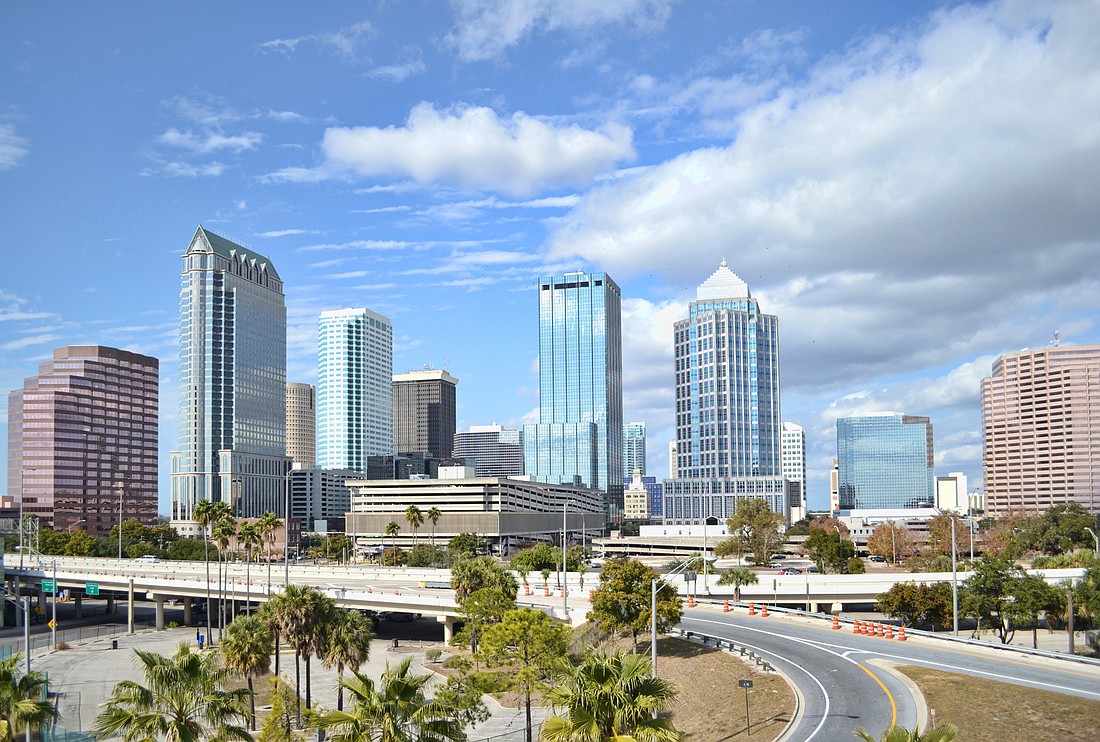- December 13, 2025
-
-
Loading

Loading

Every year our organization, Reason Foundation, uses data reported by state departments of transportation to the federal government to show and rank the performance of state highway systems relative to one another.
This is the 24th year of our Annual Highway Report, and Florida came in 40th. That’s definitely not where any of us wants the state to rank on something as important as transportation performance and cost-effectiveness. But if we look at some of the factors that lead to this result, we can see where the challenges lie. The table shows which metrics were used in the report and how Florida ranked in each of them compared to the other states.